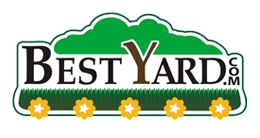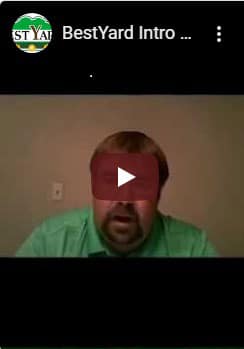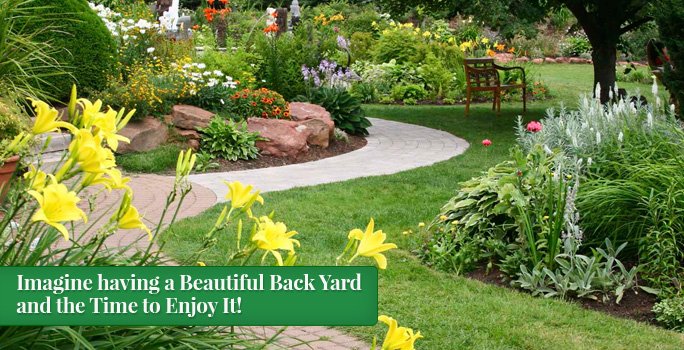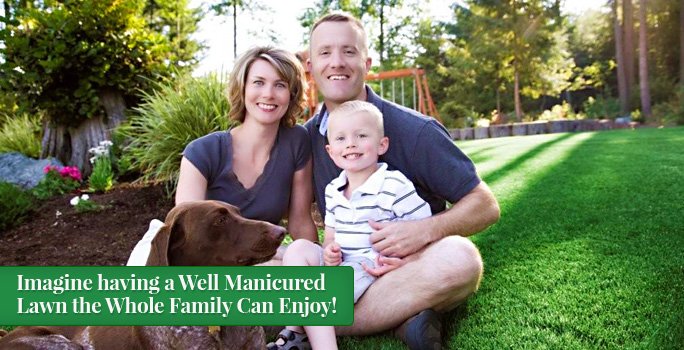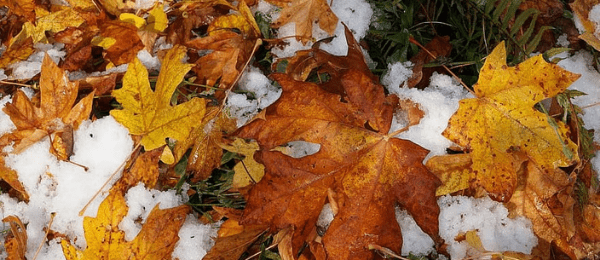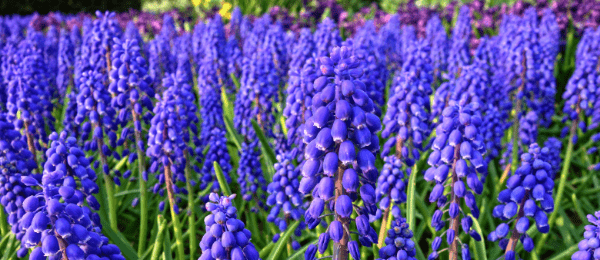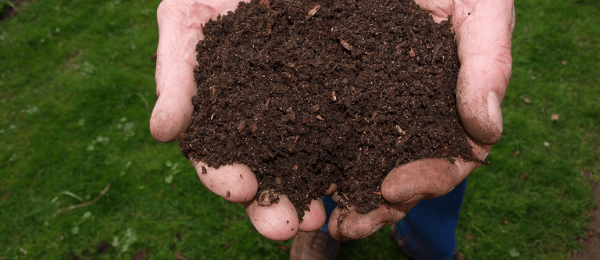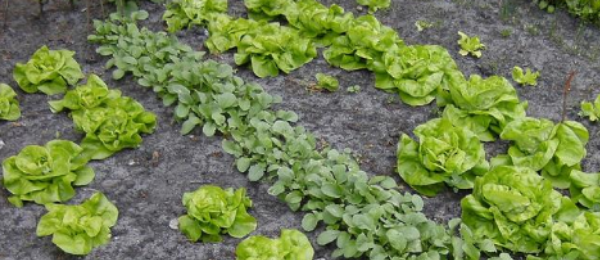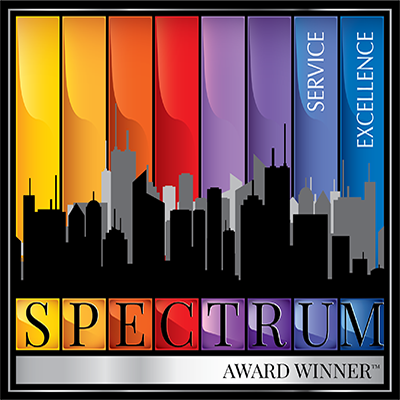In this post, we will learn about when to wrap and unwrap your trees.

November is a good time to think about wrapping your vulnerable trees for the winter. If you planted a new tree this fall or have a young tree in your landscape, wrapping it can protect your trees from winter damage.
- Why to wrap
Changes in temperature—especially those days when the temperature drops 20 degrees in two hours—can cause the frost cracks or split bark. The tree bark can also suffer sunscald, which are burns caused by sun exposure once the leaves have dropped and left the young bark vulnerable. Wrapping the tree protects that vulnerable bark. Some say it might even protect it from some wildlife that might gnaw on bark or rub their antlers on it.
- Water, water, water
You should also continue watering trees as long as it is warm. Winter watering is crucial to tree health. Put down a layer of mulch to keep the moisture in and to insulate the soil and roots below.
- When to unwrap
Just as we told you last week to water by the temperature, not the calendar, so should you take a lead from the weather as to when to remove tree wrap. The general rule is to remove it in April or early spring. With Colorado’s less predictable weather, you may need to adjust if you know that a later freeze is coming.
The best way to ensure proper winter tree care is to consult with an arborist or landscape professional who can help you make the right tree care decisions based on experience and by assessing the current conditions.
Click “DO IT FOR ME” to request a FREE quote.

Source: customer-service@bestyard.com in collaboration with Associated Landscape Contractors of Colorado
